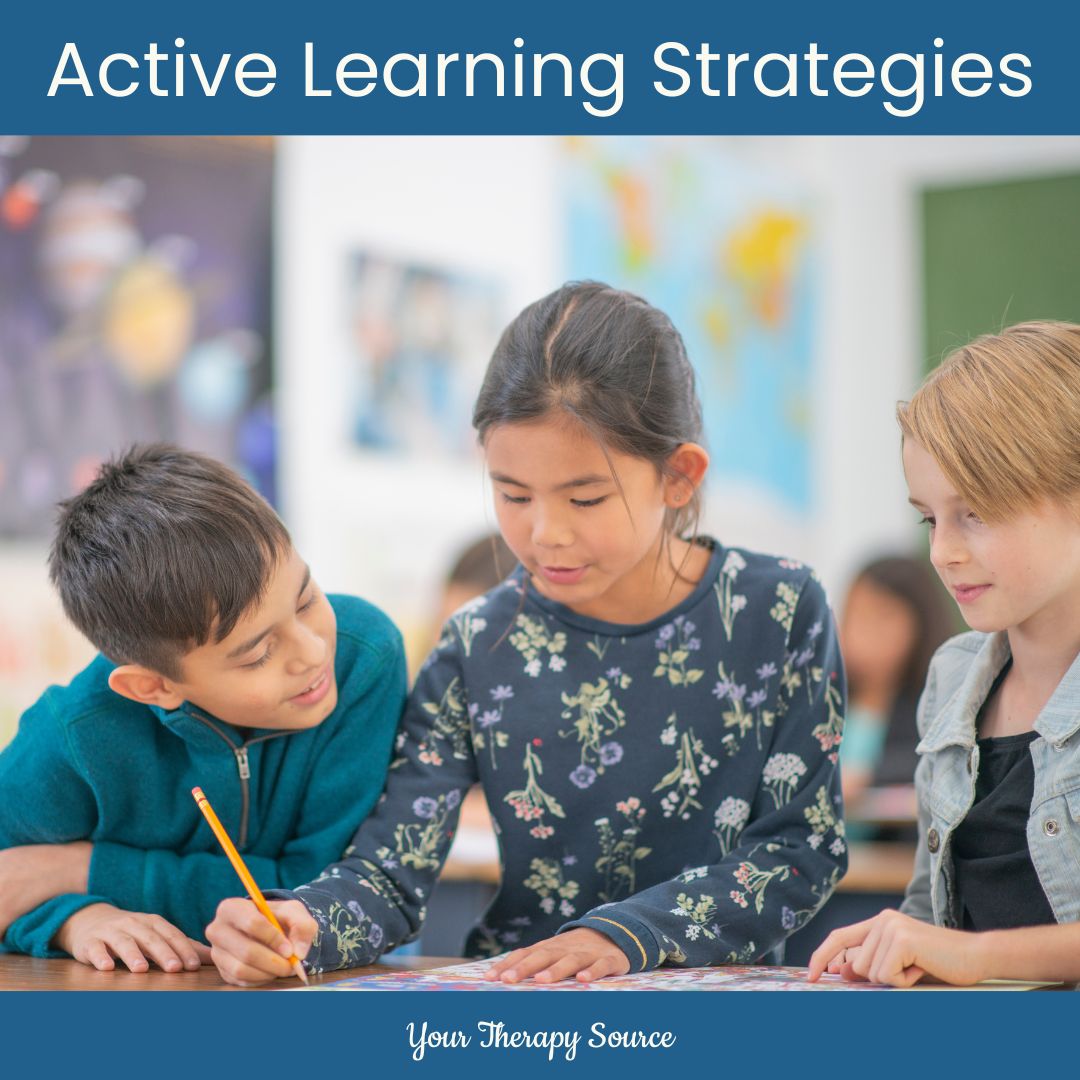Benefits of Active Learning
Active learning is an educational approach that goes beyond passive listening and encourages students to actively engage with the learning material. This article explores the numerous benefits of active learning and how it can enhance the educational experience.
Improved Retention and Understanding
Active learning promotes better retention and understanding of the subject matter. By actively participating in discussions, problem-solving activities, and hands-on exercises, students are more likely to remember and comprehend the concepts being taught. This approach allows them to connect new information with their existing knowledge, leading to a deeper understanding of the topic.
Enhanced Critical Thinking Skills
Engaging in active learning activities stimulates critical thinking skills. Students are encouraged to analyze and evaluate information, make connections, and solve problems. This process of active engagement helps develop their ability to think critically, enabling them to approach complex issues with a well-rounded perspective.
Increased Motivation and Engagement
Active learning methods foster increased motivation and engagement among students. Traditional passive learning often leads to disinterest and boredom, but active learning keeps students actively involved in the learning process. This engagement can result in higher levels of motivation, as students feel a sense of ownership and responsibility for their own learningllaborative and Social Skills Development
Active learning frequently involves collaborative activities, such as group discussions, projects, and presentations. These opportunities for interaction and teamwork help develop important social skills. Students learn how to communicate effectively, listen to others’ perspectives, and work together towards a common goal. These skills are invaluable in both academic and professional settings.
Real-World Application
Active learning often incorporates real-world scenarios and practical applications of knowledge. By connecting theoretical concepts to real-life situations, students can see the relevance and practicality of what they are learning. This approach prepares them for the challenges they may face in their future careers, making the learning experience more meaningful.
Improved Problem-Solving Abilities
Active learning encourages students to actively seek solutions to problems. Through hands-on activities and case studies, students develop their problem-solving abilities. They learn to think creatively, analyze complex situations, and apply their knowledge to find effective solutions. These problem-solving skills are essential for success in various professional fields.
Flexibility and Adaptability
Active learning promotes flexibility and adaptability in students. By engaging in different learning activities and approaches, students become accustomed to adapting to new situations and challenges. This adaptability is a valuable skill in today’s rapidly changing world, where individuals need to continuously learn and adapt to new technologies and environments.

Active learning offers a multitude of benefits that can significantly enhance the educational experience. From improved retention and critical thinking skills to increased motivation and problem-solving abilities, this approach provides students with the tools they need for success. By embracing active learning, educators can create a dynamic and engaging learning environment that empowers students to reach their full potential.
Frequently Asked Questions about the Benefits of Active Learning
1. What is active learning?
Active learning is an approach to education that involves engaging students in activities that promote critical thinking, problem-solving, and participation in the learning process.
2. What are the benefits of active learning?
Active learning has several benefits, including improved retention of information, increased student engagement, enhanced critical thinking skills, and better overall academic performance.
3. How does active learning improve retention of information?
Active learning encourages students to actively process and apply the information they are learning, which helps reinforce their understanding and retention of the material.
4. Can active learning increase student engagement?
Yes, active learning activities such as group discussions, problem-solving tasks, and hands-on experiments can significantly increase student engagement by making the learning process more interactive and participatory.
5. How does active learning enhance critical thinking skills?
Active learning requires students to analyze, evaluate, and apply information in real-world contexts, which helps develop their critical thinking skills and ability to solve complex problems.
6. Does active learning benefit all types of learners?
Yes, active learning can benefit all types of learners, as it provides opportunities for different learning styles to be accommodated, including visual, auditory, and kinesthetic learners.
7. Can active learning improve collaboration and teamwork?
Absolutely! Active learning often involves group work and collaborative activities, which can enhance students’ ability to work effectively in teams, communicate ideas, and develop interpersonal skills.
8. Does active learning have an impact on student motivation?
Yes, active learning can increase student motivation by making the learning experience more engaging, relevant, and interactive, which can lead to a greater sense of ownership and investment in their education.
9. Are there any long-term benefits of active learning?
Research suggests that active learning can have long-term benefits, such as improved critical thinking abilities, better problem-solving skills, and increased retention of knowledge even after the course has ended.
10. How can instructors incorporate active learning strategies into their teaching?
Instructors can incorporate active learning strategies by incorporating group discussions, case studies, hands-on experiments, role-playing activities, and other interactive methods that encourage student engagement and participation.




